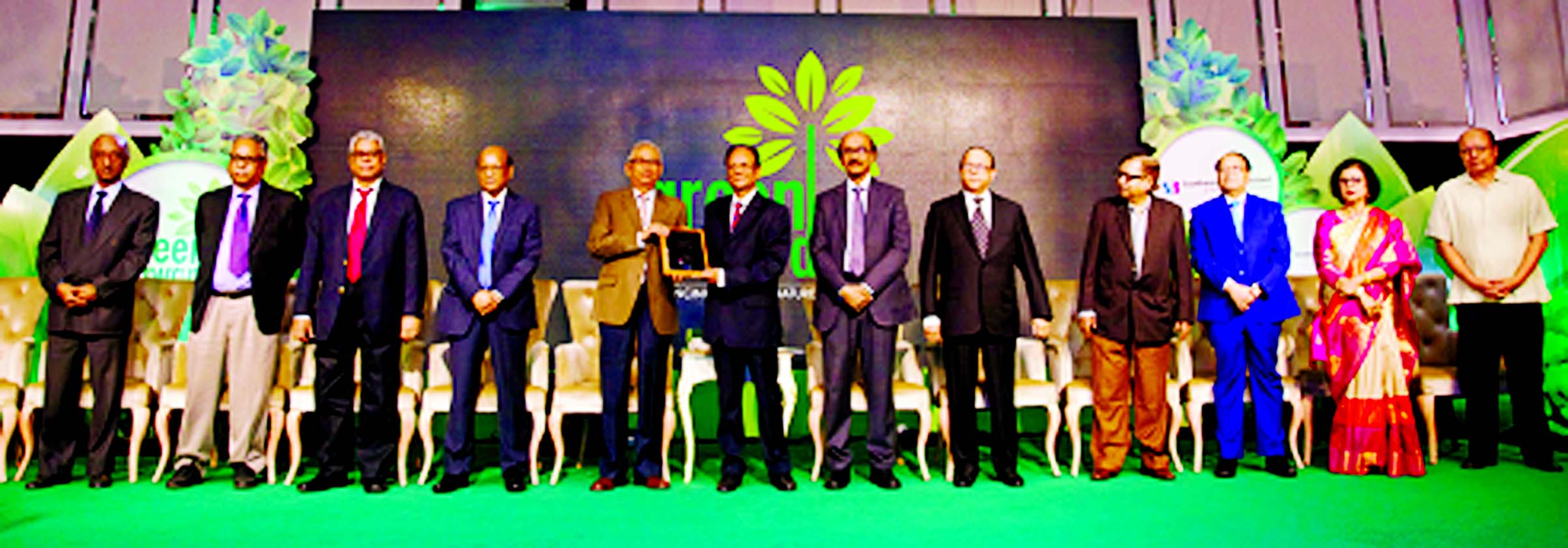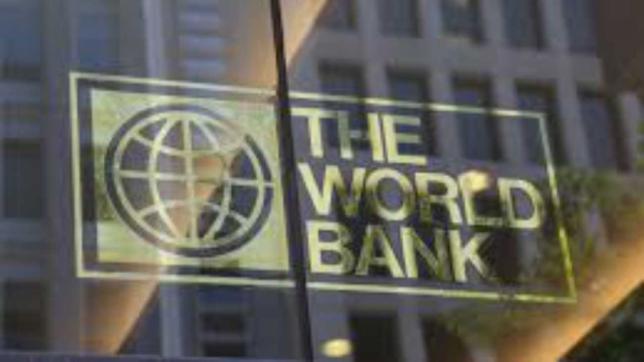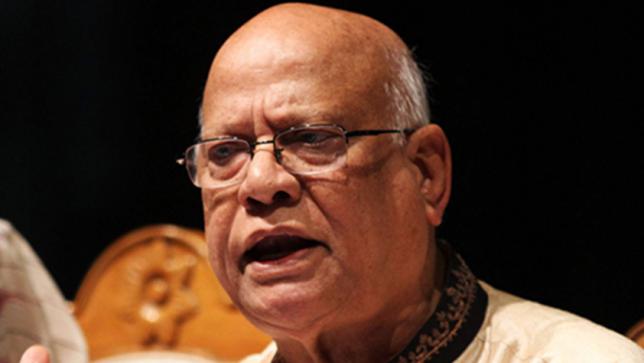Bangladesh's economy will grow 6.4 percent in fiscal 2018, according to a World Bank forecast.
The Washington-based multilateral lender said growth would sustain at 6.8 percent in 2017, compared to the officially reported 7.1 percent in 2016, with a decelerating inflation rate and a budget deficit that has narrowed.
It said the economy of Bangladesh has weathered global uncertainties well, aided by strengthening investment and a recovery of exports.
“Bangladesh's industrial production reached a record-high recently and growth remains strong,” said the report.
The WB said infrastructure gaps and inadequate energy supplies, combined with the high cost of doing business, remain the main obstacles to realising Bangladesh's growth potential.
The report -- Globalisation Backlash -- said possible protectionism in advanced economies should not deter export-oriented growth in South Asia, a region that could even benefit from the backlash against globalisation.
The report also confirms that South Asia remains the fastest-growing region in the world, gradually widening its lead relative to East Asia. Regional GDP growth is expected to rise from 6.7 percent in 2016 to 6.8 percent in 2017, and 7.1 percent in 2018.
The just released edition of the twice-a-year South Asia Economic Focus explores whether South Asian countries should worry about mounting protectionist pressures.
The report said global integration has been good for economic development and poverty reduction, but finds that the region would be resilient to higher trade barriers in advanced economies.
“It would even stand to gain if selective protectionism resulted in trade diversion away from established suppliers. South Asian economies also stand to gain from the observed recovery in advanced economies, which are their largest export markets.”
In a statement, Annette Dixon, vice-president of the WB for South Asia, said simulations on the impact of hypothetical new trade barriers show that South Asia is not only resilient to a potential rise in protectionism but could possibly even gain from it in some circumstances
“Advanced economies are recovering and could see faster growth that will likely increase demand for South Asian products. The region should seize this opportunity to diversify its exports and enhance its supply response. This could create a substantial number of jobs for new entrants to the labour force.”
Given its weight in the region, India sets the pace for South Asia as a whole. Its GDP growth is expected to accelerate to 7.2 percent in 2018, after expanding by a slightly lower than expected 6.8 percent in 2016, with a temporary disruption from the withdrawal of large denomination bank notes.
Based on tangible improvements in security, Pakistan continues its upward trend and growth is expected to accelerate to over 5 percent this year.
Nepal and Maldives are bouncing back from economic shocks.
Analysis of different hypothetical trade scenarios finds that South Asia stands to benefit from the stall of large regional trade agree- ments such as the Trans-Pacific Partnership (TPP).
It would also gain in the hypothetical scenario of greater protectionism against major exporting countries such as China and Mexico. The research finds that South Asian growth is highly responsive to higher growth in advanced economies, which could offset potential losses from changes in trade policy.
“To make the most of this export opportunity, countries in the region should continue to focus on policies that promote economic growth,” said Martin Rama, chief economist of the WB for South Asia.
“A survey of South Asian experts conducted for this report reveals a strong consensus on the need to promote human capital accumulation, investments in infrastructure, and a more business-friendly environment.”
news:daily star/17-apr-2017







